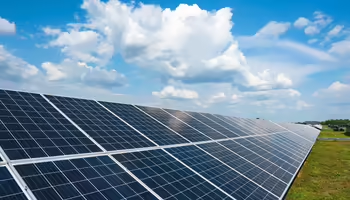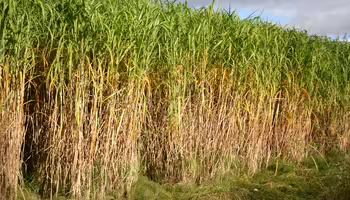Title
Renewable energy is perpetual
Renewable energy systems generate power using naturally replenishing resources like the sun, wind, and Earth’s heat.
Illinois Renewable Energy Goals
Illinois set renewable energy goals through the Climate and Equitable Jobs Act, passed in 2021. This legislation charts a path for 100% clean energy by 2050.
In many states, renewable energy goals are set through Renewable Portfolio Standards. More than half of the states have this, with some being non-binding and others being mandatory.
Illinois’s Renewable Portfolio Standard goals:
- 40% electricity from renewable sources by 2030
- 50% electricity from renewable sources by 2040
- 100% carbon-free by 2045
Illinois requires that a certain percentage of electricity sold by utilities come from renewable energy sources. Utilities achieve this by procuring Renewable Energy Credits. These credits are certificates that represent the environmental benefits of electricity generated from renewables. They can be bought and sold separately from electricity generation. One megawatt-hour (MWh) of electricity produced is equivalent to one Renewable Energy Credit.
Renewable Energy Credits
Renewable Energy Credits are used to measure whether the state’s Renewable Portfolio Standards have been met. Once a Renewable Energy Credit is used for the Illinois Renewable Portfolio Standards it is retired to prevent another party from using it again. The Illinois Power Agency manages Renewable Energy Credit contracts.
When solar panels generate electricity, they also produce Renewable Energy Credits, one for every megawatt-hour (MWh) of renewable energy generated and delivered to the grid.
Illinois has two main programs that offer incentives through the sale of Renewable Energy Credits:
- Illinois Shines: Open to all Illinois residents and businesses.
- Illinois Solar for All: Available to households earning at or below 80% of the Area Median Income.
Both programs use Approved Vendors that install solar systems and handle the sale of Renewable Energy Credits to Illinois utilities.
- If you buy your system, the vendor may lower your upfront cost or give you a rebate based on the REC value.
- If you lease or use a purchase power agreement (PPA), the REC value may be used to lower your monthly payments.
Renewable Energy Credits are not the same as net metering. Renewable Energy Credits are tied to incentives from the state. Net Metering, see below, is a separate utility program that gives bill credits for any excess energy your system sends back to the grid.
Are carbon-free, clean energy, and renewable energy all the same things?
In short, no. All renewable energy is carbon-free, but not all carbon-free energy is renewable.
- Clean energy is an umbrella term that refers to energy that emits little to no greenhouse gas emissions, which can include renewable and carbon-free sources.
- Carbon-free energy means that when the energy is produced, no carbon emissions are generated.
- Renewable energy is a naturally replenishing resource that produces zero emissions.
The key difference is that renewable energy must be from a naturally replenishing source, like the wind or the sun. It is possible to have clean energy that isn’t renewable, like nuclear energy.
Is nuclear power renewable energy?
Nuclear energy is classified as clean, but not as renewable, because it relies on nonrenewable mined materials. It produces nearly zero carbon dioxide or other greenhouse gas emissions, which makes it carbon-free.
Illinois relies on nuclear energy for over half of its energy needs (54.89%). When the Climate and Equitable Jobs Act passed, nuclear energy was defined as clean energy, and it counts towards the state’s goal to reach 100% carbon-free power by 2045.
There are 11 nuclear power plants operating in Illinois at six sites. Five are in northern Illinois, and one is in central Illinois. Site conditions are monitored 24 hours a day, with regular inspections to ensure safety.
Learn more about the nuclear power stations and safety protocols at ReadyIllinois.gov.

Wind
Turbines, located either onshore or offshore, transform the power of wind into electricity.

Solar
Sunlight is converted into electricity with photovoltaic panels or by generating heat using solar thermal systems.

Bioenergy
Organic materials, like wood or agricultural waste, is burned to produce heat or electricity.

Geothermal
Heat is captured from beneath the Earth’s surface and used for electricity generation or direct heating and cooling.